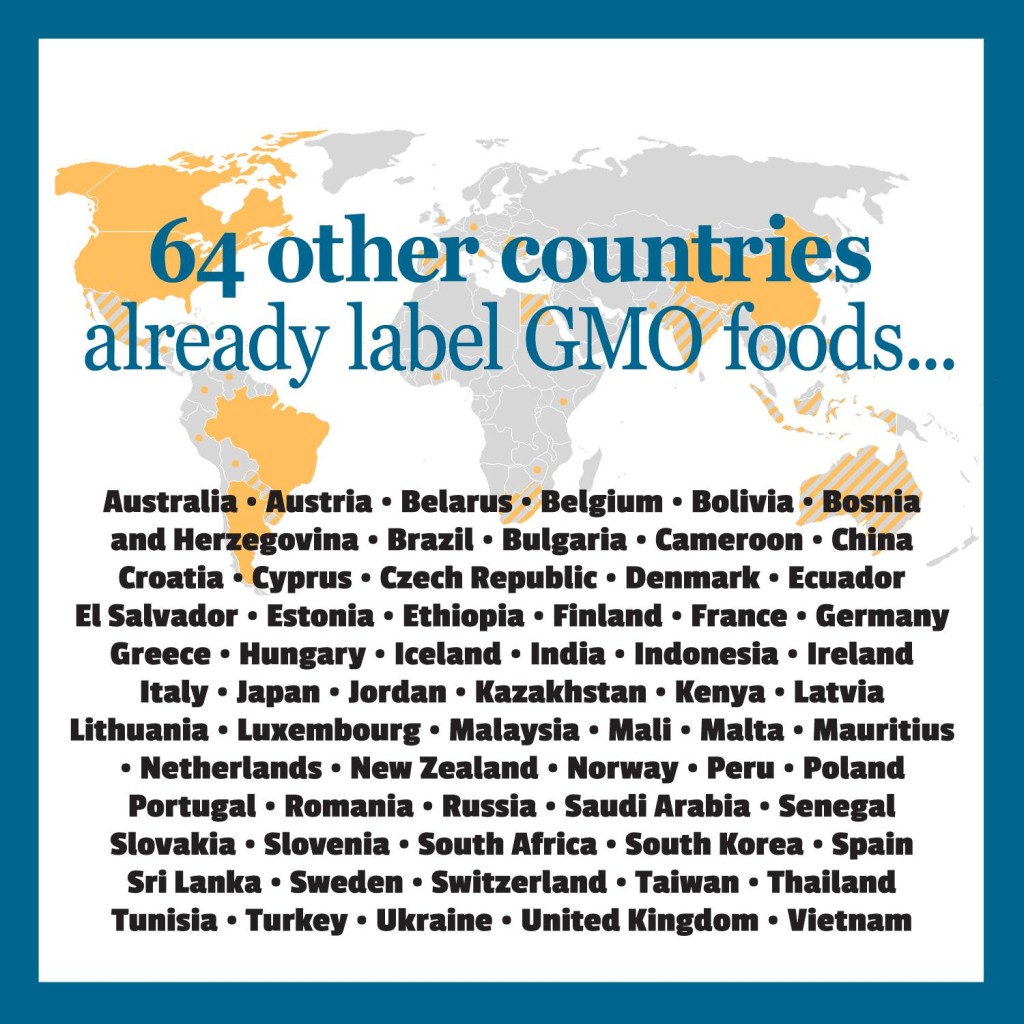Dancing is a wonderful physical and social activity that can improve your fitness and health, lift your spirits, reduce stress, and offer a fun experience, all at the same time! Ballroom dancing, in particular, is a perfect combination of physical and low-impact aerobic activity, range of motion exercise, social interaction, and mental stimulation.
Regardless of your age and ability level, dancing will help you to improve your health, flexibility, muscle tone, mental outlook, social life, and enjoyment of leisure.
Dancing:
- Is fun
- Helps to reduce your risk of chronic diseases like cancer, cardiovascular (heart) and cerebrovascular (brain) disease, diabetes, high blood pressure, and depression
- Helps to slow the progression of osteoporosis and reduce the risk of falls and fractures, by increasing muscle strength which supports your bones and improves your coordination and balance.
- Enhances blood circulation throughout your body
- Strengthens your immune system and ability to resist colds, illness, and infections
- Can help you lose weight
- Helps you maintain a healthy weight
- Raises your metabolic rate, which helps you burn calories faster and lose unnecessary pounds
- Keeps you fit and flexible
- Improves your muscle tone, strength, and endurance
- Improves your coordination and balance, which can prevent accidents and falls
- Improves your posture
- Helps you to meet new people
- Builds self confidence
- Increases self esteem
- Improves your spatial awareness
- Improves your concentration and ability to focus
- Improves poise and gracefulness
- Improves your social skills
- Enhances an overall sense of well-being, promotes a positive outlook, and makes you happy to be alive
- Is a moderate physical activity that is generally healthy and safe for your joints and body (According to the United States Department of Agriculture’s [USDA] physical activity guidelines, adults should get at least 30 minutes of moderate to vigorous activity daily.)
- Provides mental stimulation and improved oxygenated blood flow for a healthy brain, especially when you take classes to improve your technique, memorize steps, or work with a partner
- Improves your memory and may help to reduce the risk of dementia and Alzheimer’s disease
- Is a “sport” you can engage in throughout your life, with beautiful music, moderate aerobic activity, and social interaction
- Provides a temporary escape from normal daily activities, a chance to relax, relieve stress, reduce loneliness, and have a great time
- Helps you to feel young and energetic, no matter what age you are
For those of you in New Jersey, Pennsylvania, or the Delaware Valley, a wonderful place for dance instruction and social dancing is:
Dance Haddonfield
USA Dance Delaware Valley Chapter 3012
Grace Episcopal Church, 19 East Kings Highway, Haddonfield, New Jersey, 08033
Dancing every Sunday from 6pm-10:30pm
Intermediate lesson (6pm-7pm)
Beginner lesson (7pm-8pm)
Social dancing (8pm-10:30pm)
References:
- “Dance Haddonfield- The Cure for 2 Left Feet.” (Source: www.dancehaddonfield.org/2leftfeet.html).
- “Dancing: Fitness the Fun Way!” Public Health Category: www.dianesays.com. 02/17/12.
- “Exercise for Your Bone Health.” National Institutes of Health (NIH) Osteoporosis and Related Bone Diseases National Resource Center. NIH Publication No. 15–7879–E. May 2015. (Source: www.niams.nih.gov/health…/)
- “How Does Physical Activity Help Build Strong Bones?” National Institutes of Health (NIH). 05/06/14. (Source: https://www.nichd.nih.gov/health/topics/bonehealth/conditioninfo/Pages/activity.aspx)
- “USA Dance Chapters-Find a Local Chapter.” USA Dance, Inc. (Source: www.usadance.org>chapters. Office: (800) 447-9047; Fax: (239) 573-0946).
{ Comments on this entry are closed }




